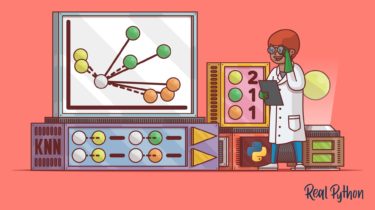Learning Spatio-Temporal Transformer for Visual Tracking
STARK The official implementation of the paper Learning Spatio-Temporal Transformer for Visual Tracking Hiring research interns for visual transformer projects: [email protected] Highlights End-to-End, Post-processing Free STARK is an end-to-end tracking approach, which directly predicts one accurate bounding box as the tracking result.Besides, STARK does not use any hyperparameters-sensitive post-processing, leading to stable performances. Real-Time Speed STARK-ST50 and STARK-ST101 run at 40FPS and 30FPS respectively on a Tesla V100 GPU. Strong performance Tracker LaSOT (AUC) GOT-10K (AO) TrackingNet (AUC) STARK 67.1 […]
Read more